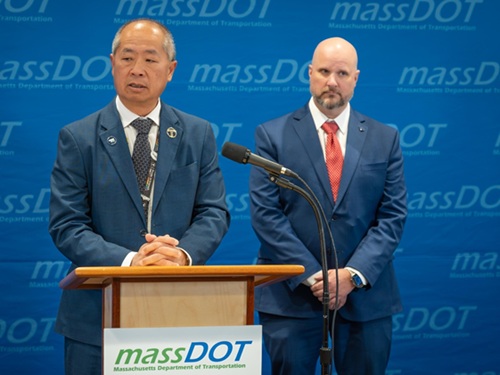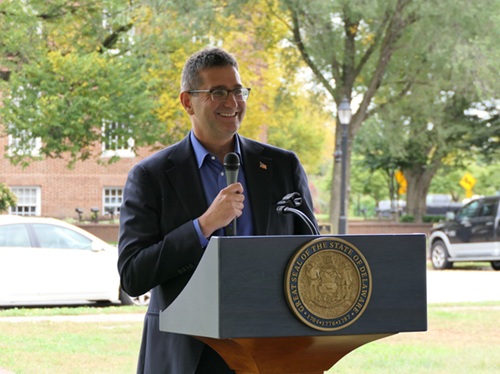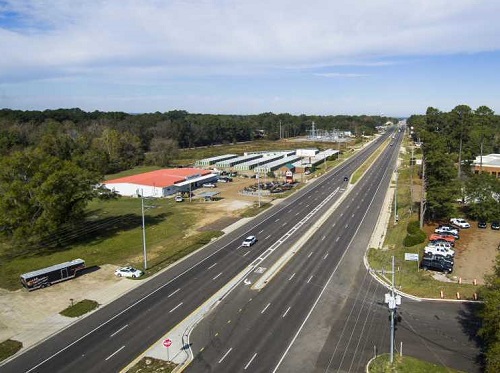The Mississippi Department of Transportation recently outlined how the construction of Restricted Crossing U-Turns or “RCUTs” at busy intersections statewide is helping reduce crashes and thus motor vehicle-related injuries and fatalities.
[Above image by the Mississippi DOT]
“Our mission is to create the safest and most efficient ways for Mississippians to travel,” explained Brad White, executive director of the Mississippi DOT, in a statement. “By installing RCUTs at dangerous intersections, we can accomplish both of those goals.”
RCUTs, also known as J-Turns, direct motorists on the “minor road” at an intersection who want to make a left turn or proceed straight through the intersection to instead turn right onto the main road and then make a U-turn at a median crossover located downstream from the intersection. Meanwhile, the path for motorists exiting the main road and turning left onto the minor road remains unchanged.
With an RCUT, the agency said more vehicles turn with the flow of traffic, reducing crashes and increasing throughput of the intersection.
The Mississippi DOT detailed several other findings from its RCUT research:
- RCUTs improve safety by reducing the number of conflict points from 32 to 18.
- They improve efficiency by increasing network intersection travel time by 40 percent.
- They are more cost-effective to construct than an interchange. In some states, it has been shown that 10 to 20 reduced-conflict intersections can be built for the same cost as one regular interchange.
Other state departments of transportation are investing in RCUTs as well. For example, in December 2023, the Ohio Department of Transportation invested $74 million in a range of safety projects that included the conversion of two intersections to RCUTs. The agency said those “non-traditional” intersections allow for more efficient movement of traffic, while also reducing the number and severity of crashes.
 States
States
MBTA’s Phillip Eng Named Interim MassDOT Secretary
October 17, 2025 States
States

